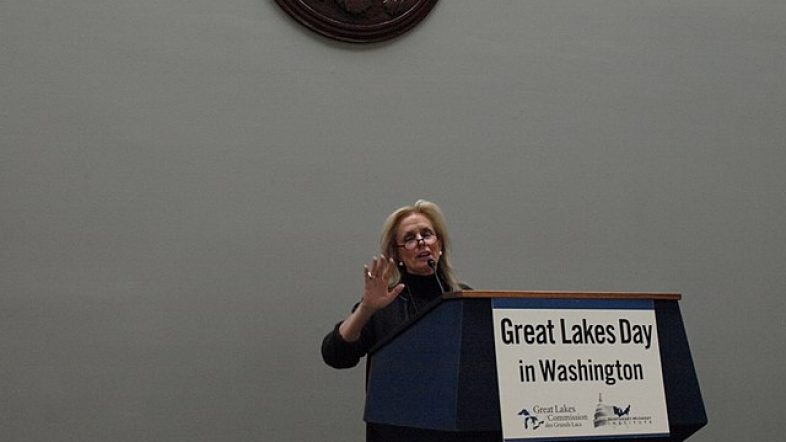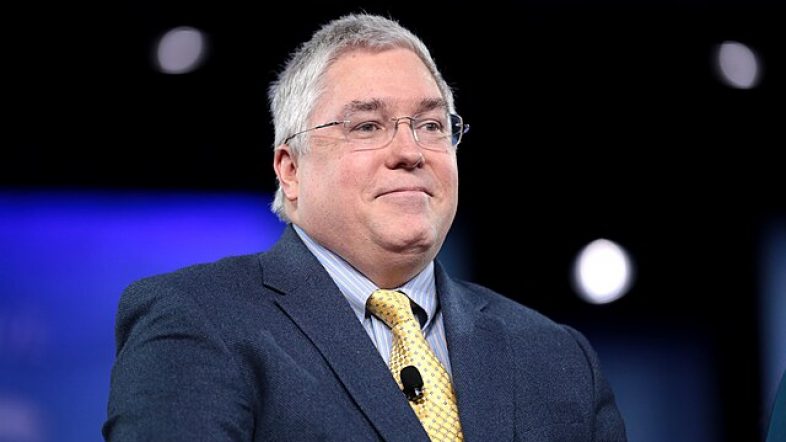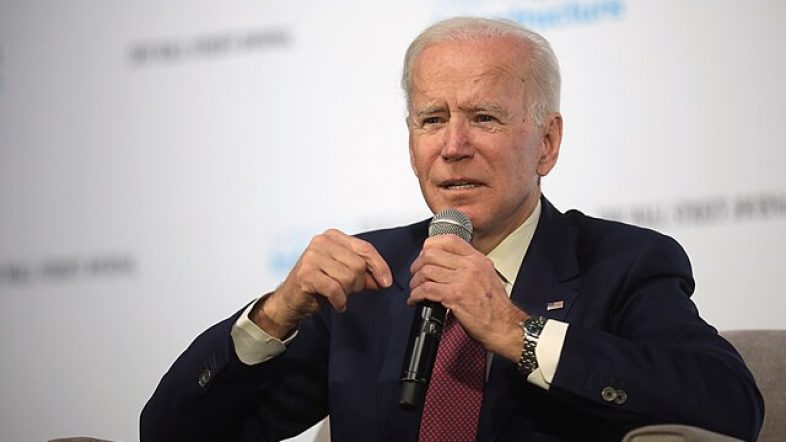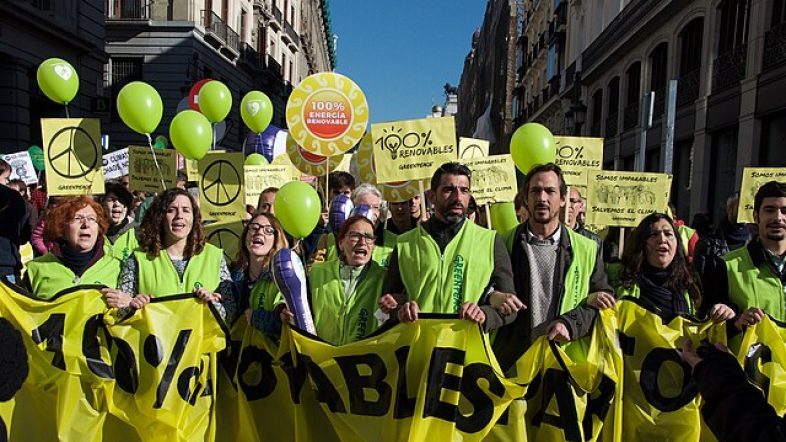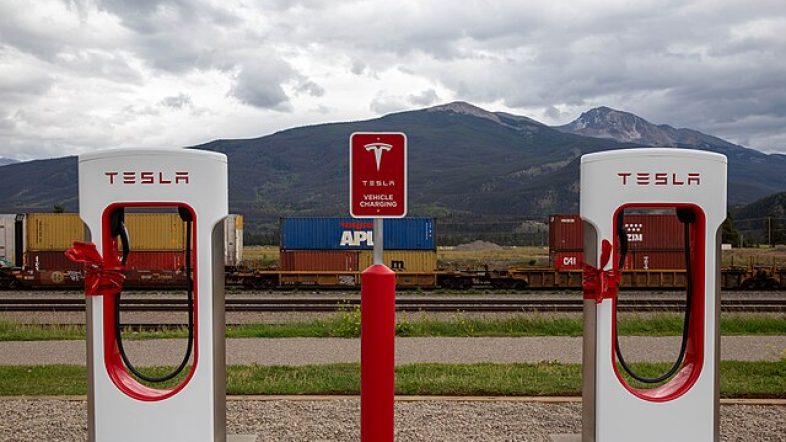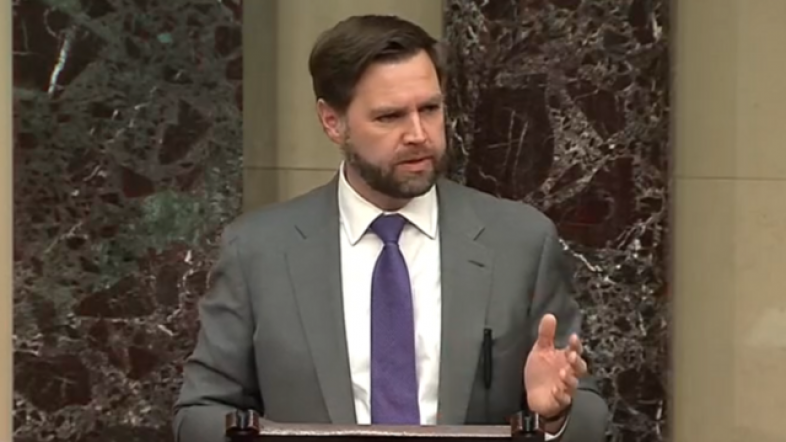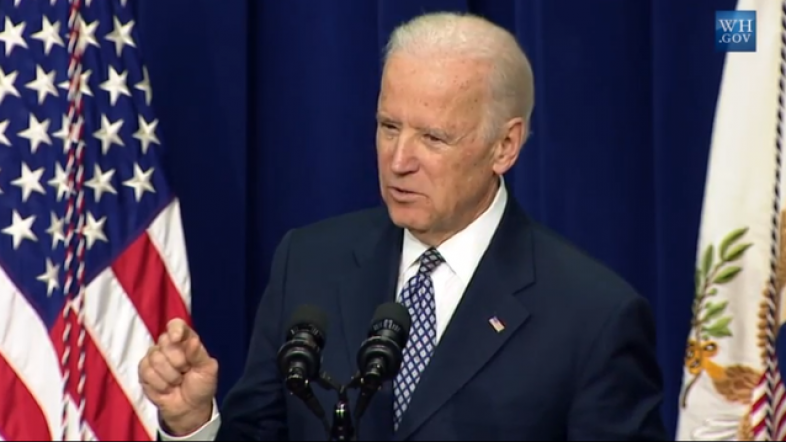Geologists have discovered what could be the largest lithium deposit globally, nestled inside the McDermitt Caldera, an ancient supervolcano straddling the Nevada-Oregon border. The caldera’s clay is estimated to contain a staggering 40 million metric tons of lithium, nearly doubling the previous record held by Bolivia’s salt flats.
Although these figures are based on estimates, with no drilling conducted thus far, researchers have noted high concentrations of lithium in this caldera since the 1970s. Given the 2022 average price for battery-grade lithium carbonate standing at $37,000 per metric ton, this deposit potentially holds a value of approximately $1.48 trillion.
Lithium, essential for powering a wide range of devices from smartphones to electric vehicles, has predominantly been refined in China, which holds 90% of the global market. This discovery could shift the global lithium dynamics in terms of pricing, supply security, and geopolitics. There has been growing concern among EV manufacturers about a potential deficit in lithium supplies by 2025, as global demand for EVs skyrockets.
Belgian geologist Anouk Borst highlighted the global implications of the discovery, stating:
“It could change the dynamics of lithium globally, in terms of price, security of supply and geopolitics. The US would have its own supply of lithium and industries would be less scared about supply shortages.”
However, Canada’s Lithium Americas Corporation’s plan to mine this vast deposit by 2026, for an ensuing 40 years, has sparked controversy. Environmentalists raise concerns about the environmental repercussions of such an extensive mining operation, while Indigenous communities highlight the area’s sacred significance.
The McDermitt Caldera, believed to have been formed 19 million years ago, was filled with debris post-eruption, which included lithium-rich magma.








